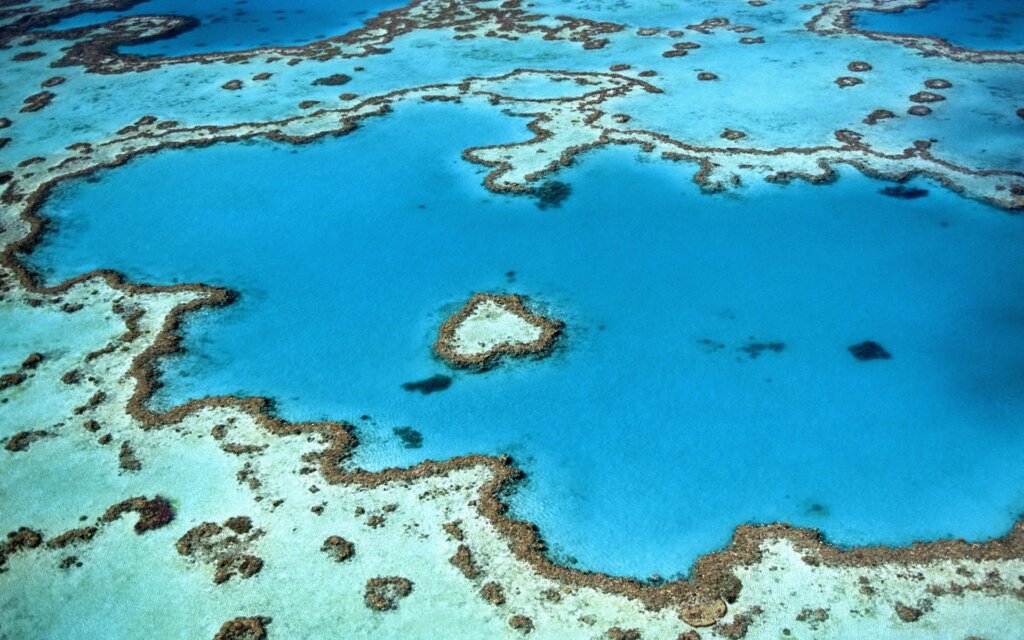In some places – after a low of 11% in 2017 – almost a third of the reef is now covered with hard coral
The Great Barrier Reef: the largest coral reef in the world. Image: (c) Unsplash
–
Coral cover in the northern and central parts of the Great Barrier Reef has not been this high in the past thirty-six years. The Australian Institute of Marine Sciences (AIMS) reports that there is up to 36% hard coral cover in these areas – a record since the start of the monitoring program. Despite this positive news, scientists warn that coral reef is and remains vulnerable to fluctuating conditions due to climate change.
The presence of cyclones and crowns of thorns are factors affecting coral in the world’s largest coral reef. Crown-of-thorns are starfish that eat the coral and have wreaked havoc in the southern areas of the reef in recent years. In the south, the surface of the coral has decreased.

Because there were fewer of these ‘acute stressors’ for the coral reef in the previous 12 months, he said the research report from the AIMS, the rest of the coral has grown reasonably well. Scientists speak of a resilient coral, which has partly managed to come back with these good conditions. However, the question is how long this will remain so.
Nearly half of the observed reefs now have between 10-30% hard coral cover. Hard coral is seen as the building blocks for the Great Barrier Reef, which covers a total area of 348,000 square kilometers and is the only living thing that can be seen from space. A third of the reefs had 30-50% hard coral cover. In 2017, this coverage was 11%, and in 2019 it was 14%.
Coral Reef Bleaching
Still, we can’t celebrate too soon, according to the researchers. Climate change will increase the temperature in the water, causing large-scale coral bleaching to occur more often. In March this was the case: a 1,200 km strip of coral reef was bleaching as the algae in the coral tissue died. This causes the coral to lose its color and the limestone skeleton of the coral becomes visible. If the algae stays away for too long, the coral will die and be covered by other algae.
Scientists found it remarkable that the mass bleaching occurred this year, because the climatic phenomenon La Niña is here now. Usually the waters are cooler than when her counterpart, El Nino, occurs. There have been four mass bleaching events since 2016.
Tags: Great Barrier Reef, coral, Coral reef Last modified: 10 augustus 2022
–


